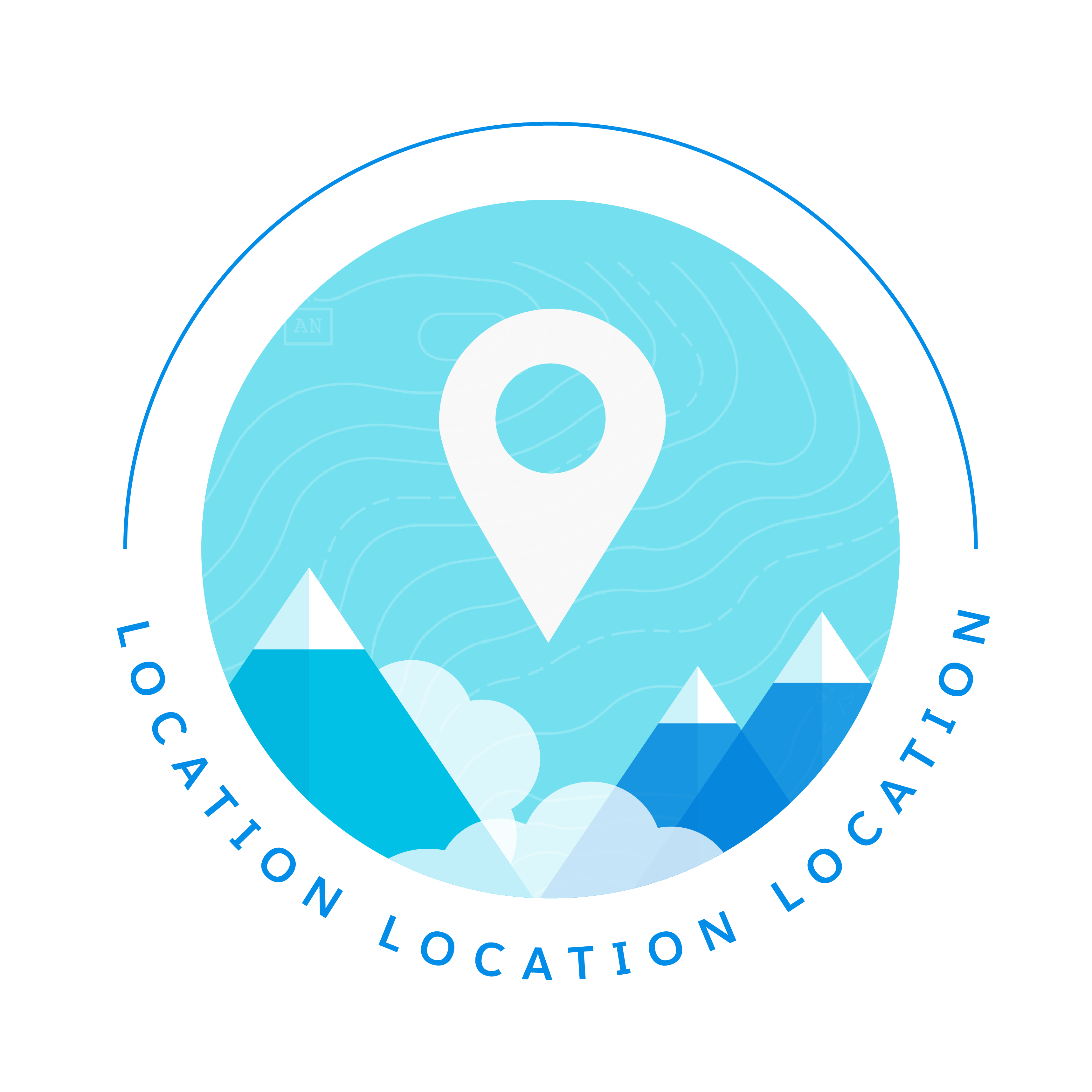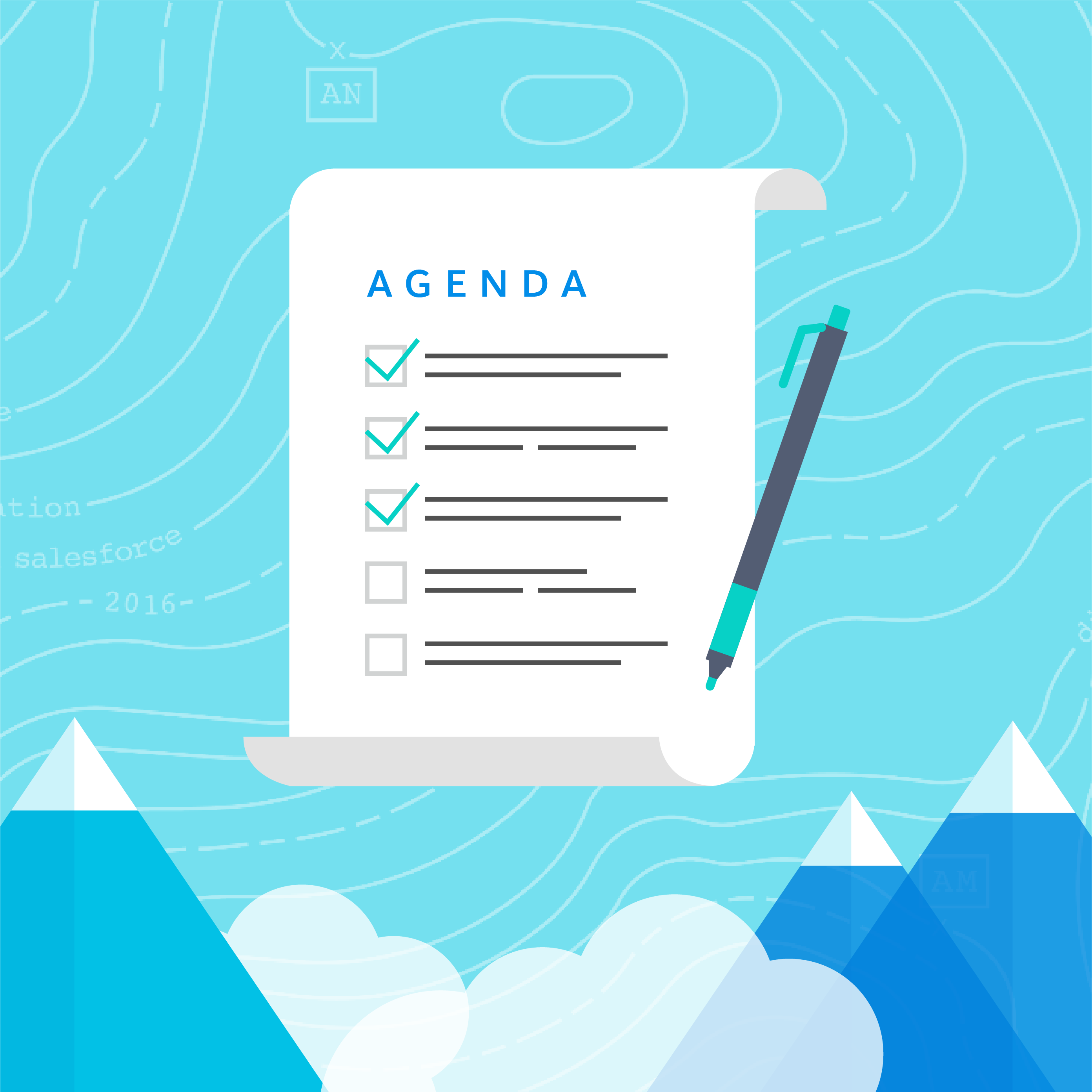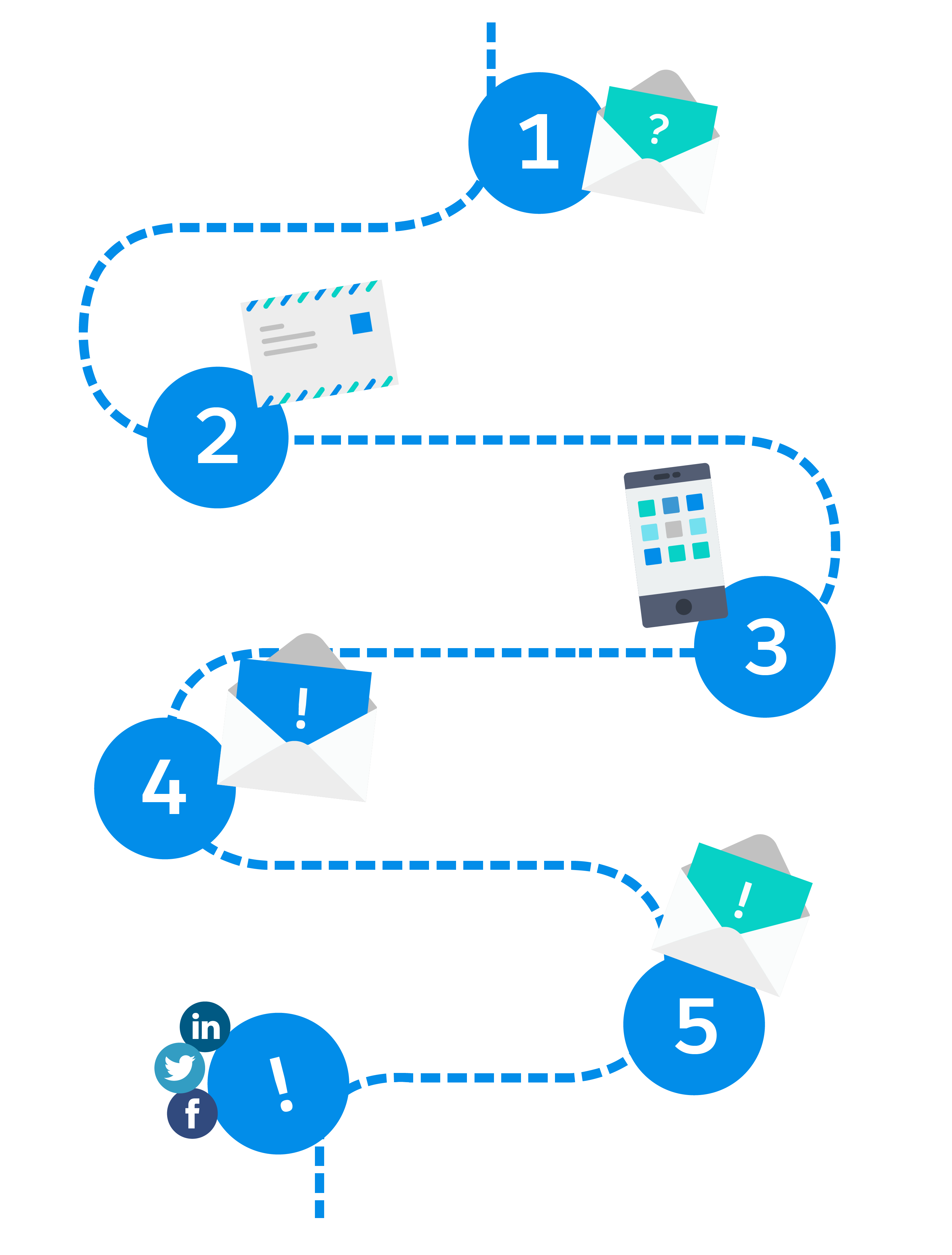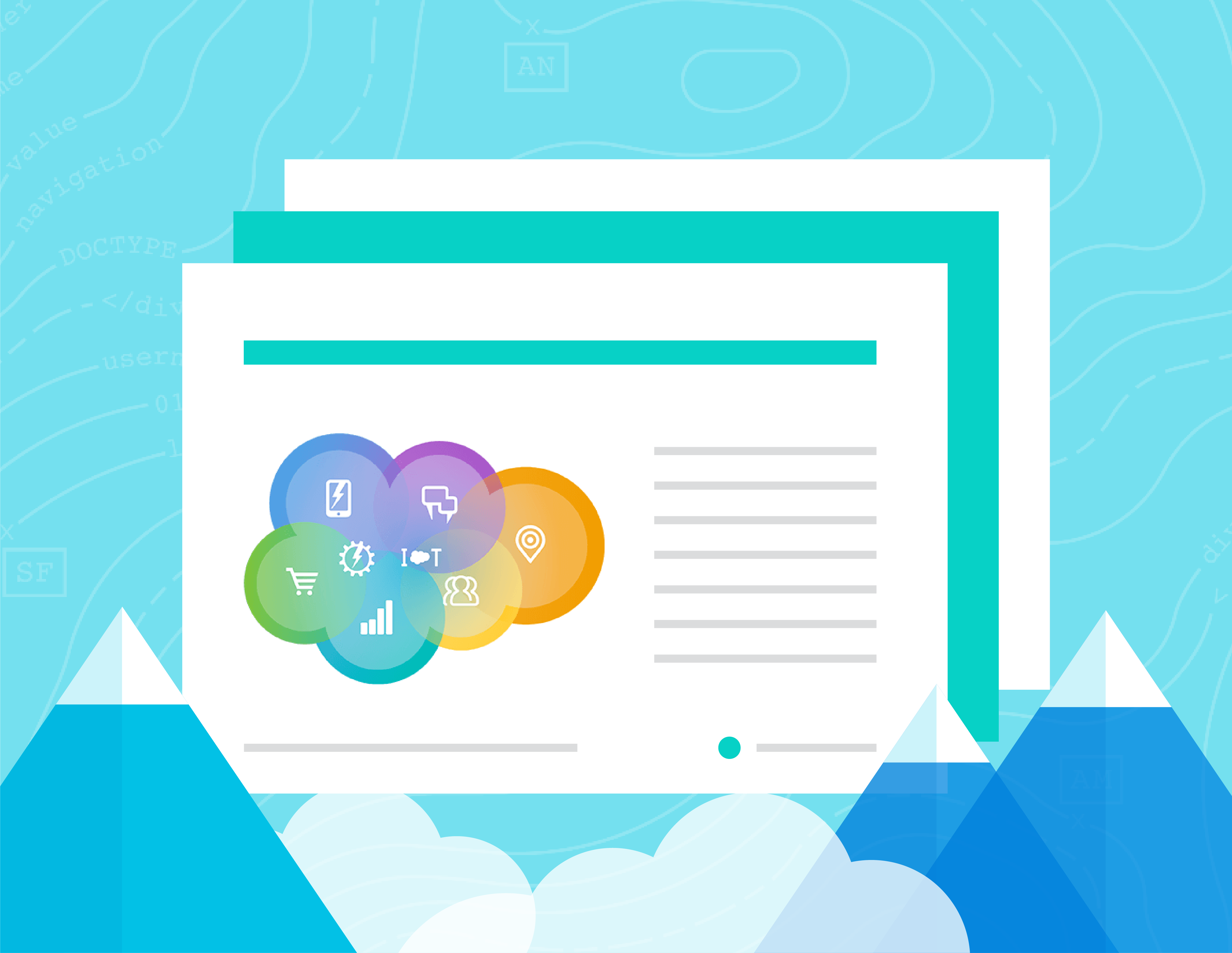EducationEducation
- AppExchange Partners (ISV)
-
Resellers
-
Reseller Marketing Journey
- Get_Organized_Before_You_Get_Started
- Incorporating_Salesforce_Into_Your_Brand
- Crafting_Your_Marketing_Strategy_And_Plan
- Announcing_Your_Salesforce_Partnership
- Build_Sales_Pipeline
- Executing_Lead_Gen_Email_Campaign
- Building_A_Social_Media_Prescence
- Host_a_Learning_Event_About_the_Power_of_Salesforce_Sales_Cloud
-
Reseller Marketing Journey
-
General Topics
-
Topics (A-Z)
- AppExchange_Listing
- AppExchange_Cha
- AppExchange_Tech_Talks
- Branding_Guidelines
- Case_Packs
- Consent Compliance Lead and Project
- COVID_19
- Custom_Metadata_Types
- Customer_Stories
- Digital Marketing Program
- Due_Diligence_Review_new
- Drive_Global_Impact_with_AppExchange_v2
- Education Home Page
- Einstein_Account_Based_Marketing
- Environment_Hub
- GDPR
- Industries
- Innovate_with_Cutting-Edge_Platform_Technology_v2
- Legal_Center
- Lightning_Bolts_Launch
- Lightning_Ready
- Maps_Education_new
- Maps_Education
- MuleSoft
- NewsRoom
- Partner_Ohana_Hub
- Pardot_Integrations
- Partner_Account_Manager
- Partner_Business_Org
- Partner_Communications
- Partner Community Admin Overview
- Partner_Community_User_new
- Partner_Community_User
- Partner_Connect
- Pardot_Resource_Central
- Pardot_B2B_Marketing_Analytics
- Partner_Marketing_Center_new
- Partner_Orgs_new
- Partner_Program
- Partner_Referral_Benefit_Overview
- Partner_Social_Impact_Center
- Partner_Experience
- Partner_Success_Services
- Partner_Support_new
- Partner_User_Groups
- PR_Guidelines
-
Products
- B2C_Commerce_for_LINK_Tech_Partners
- Community_Cloud
- Datorama Education
- Datorama_Education_new
- Einstein
- Einstein_Analytics
- Heroku
- Live_Message
- Marketing_Cloud
- myTrailhead
- Pardot
- Premier_Success
- Quip
- Sales_Cloud
- Salesforce1
- Salesforce_Advantage
- Salesforce_CPQ
- Salesforce_DMP
- Salesforce_IoT
- Salesforce_Platform
- Service_Cloud
- Training_Reseller
- Work_com
- Product_Development_Outsourcer
- Release_Readiness_for_Partners
- Sales_Central
-
Salesforce.org
- CumulusCI
- Education_Cloud_Academy
- Education_Training
- Nonprofit_Cloud_Academy
- Nonprofit_Training
- Salesforce_Advisor_Link
- SFDO_Accounting_Subledger
- SFDO_Admissions_Connect
- SFDO_Consulting_Enablement
- SFDO_Elevate
- SFDO_EMEA_Fundraising
- SFDO_Grants_Management
- SFDO_Insights_Platform
- SFDO_K12
- SFDO_Marketing_and_Engagement_Academy
- SFDO_PMM_Case_Management
- SFDO_Release_and_Roadmap
- Salesforce_Engage
- Salesforce_Orgs
- Salesforce_DX
- Salesforce_Proficiency_Pack
- Scale_and_Access_New_Markets_v2
- SPCMA
- Talent_Exchange
- Training
- Webassessor_for_Partners
- Talent_Alliance
- Partner_Learning_Camp
- Architect_Success_Program
- shareddiscovery
- Datorama_Service_Order_Submission_and_Non-Renewal_Instructions_for_AppExchange_Partners
- Partner_Advisory_Board
- Accredited Professional
- Test_Drive_Education
-
Topics (A-Z)
- AMP
Track 301: Host a Learning Event About the Power of Salesforce Sales Cloud
A learning event is simple in theory: You invite prospects to come hear a sales presentation. You give them food, drink, and an informative presentation in exchange for their time and interest. Simple as this sounds, proper execution requires a lot of planning. Track 301 will walk you through the three stages of your event: how to prepare and plan to set yourself up for success, how to make certain that your event runs smoothly, and how to follow up after your event so you make the most of the leads you generate.
Why a learning event is a great way to establish connections
Face-to-face meetings with potential customers allow for deeper, higher quality connections and stronger long-term customer relationships.
A good learning event will serve three main purposes:
1. Drive new customer acquisition
2. Deepen existing customer relationships
3. Establish your company as a trusted Salesforce partner and thought leader in the field
• Content and talk track. A great presentation and story are the most important part of your event!• Consistent branding. Throughout your event, you’ll want to be sure that the design of all materials align—decks, banners, printed materials, etc.• Credible, compelling speaker. This can be you, of course, but it doesn’t have to be. You can MC the event and introduce a speaker. The presenter must be an engaging, outgoing public speaker. TIP: Invite a happy customer to speak about their experience! It’s always better to have a customer pitch your value, rather than hearing it from a sales rep.
• Event coordinator. Again, this can be you, but doesn’t have to be. There’s a lot of logistics to take care of: booking, catering, setup and breakdown, audio/visual, etc. A dedicated even coordinator is a great idea—if budget allows.

• Audio/visual equipment—including projecter and screen, computer connection cables, slide advancer, back-up laptop, multiple copies of your presentation• Flip charts, whiteboards, and other non-digital presentation aides• Printed materials like one-sheeters, handouts, and surveys

• Build in time at the beginning for people to arrive, get food, and mingle• Be sure that you have enough time for your pitch as well as Q&A• For an hour long event, a good target looks something like this:
- 10 minutes of greeting, guests get food and drink- 40 minutes of presenting- 10 minutes of Q&A
• As the event kicks off, take a deep breath, relax, and accept the fact that events never go exactly according to plan.

• Call to confirm attendance• Communicate any event day details• Answer any questions/concerns
• Send day of event (or day before)• Include time and date, parking information, meeting place, Google map location, details on what to look for• See example Day Before Reminder Email
• Social Media is a great way to get potential guests interested in your event.• Beginning a few weeks out from the event date, post about your upcoming learning event in all your channels.• Focus your efforts on the networks that you have the most traction.• The Facebook Events feature is a great way to organize your guest list.• See example Learning Event Social Media Posts

• Quick evolution of your business• Opportunity for sales organizations• What is Salesforce and CRM?• How your Reseller practice adds value• Sales Cloud overview• Customer success stories
| ← 203: Building A Social Media Presence |
| 302: Third Party Event Sponsorship→
|


